Most people know something about Florence Nightingale’s nursing expedition to Scutari and the Crimea during the Crimean War, and the ‘kingdom of horror’ that she and her nurses found there: unsanitary conditions in the hospitals, a broken-down supply system and British soldiers dropping like flies from disease rather than battle wounds.
However, as Terry Tastard points out, one aspect of Nightingale’s Crimean nursing that is often overlooked is its reliance on the nuns who responded to the national outcry at the negligent care of the sick and dying. They were a familiar sight in the wards in their black hoods and habits, or ghostly white garments, sharing the hardships of the secular nurses, being exposed to the same risks of deadly infection and helping in the long run to establish nursing as a viable profession for women.
These were Anglican nuns as well as Roman Catholic Sisters of Mercy from Bermondsey, and from Kinsale in County Cork. Both groups hoped that their part in the Crimean enterprise would pay dividends. The Catholics saw it as their chance to overturn centuries of hostility to their faith, winning them greater acceptance in English society. The Anglican sisterhoods, only recently established, looked for a securer place within the Church of England.
Tastard reminds us of the kind of prejudice that Catholics were up against in 1854. Convents were regarded as hotbeds of treasonable activity and sinister places where sadistic practices prevailed. The Liberal MP Thomas Chambers, inciting lurid fears of the new ‘papal aggression’, alleged that nuns were being forced to make penances which amounted to torture. One example was the wearing of a bonnet rouge, a contraption fitted to the head which induced excruciating agony in the victim and a loss of consciousness within minutes.
Tastard’s study is vividly drawn and well contextualised. But its title is a curious misnomer. For the adversarial drama at the heart of the story arises from the fact that the 15 Irish sisters, led by Mother Francis Bridgeman, refused to accept Florence Nightingale’s authority – despite originally agreeing to do so – and can therefore hardly be said to be ‘Nightingale’s Nuns’.
Dispatched by the British government, without Nightingale’s knowledge, as part of a second band of nurses at Scutari, the Kinsale nuns created serious tensions which imperilled the success of the entire female nursing experiment. For a start there was no room for them, while their mere presence upset both the delicate sectarian balance already established and Nightingale’s relationship with the medical officers who questioned the need for any nurses at all.
Bridgeman, or ‘Mother Brickbat’, as Nightingale called her (Nightingale was known as ‘the Goddess of Humbug’), was imperious and socially superior. Undoubtedly a gifted nurse, she believed that her primary mission, first at Scutari and later at Koulali and Balaclava, was to succour Catholic soldiers in their faith and to proselytise among the Protestants. According to Nightingale, Bridgeman was intent on founding a convent, not in serving the sick, and Tastard confirms that there was a degree of truth to this. Meanwhile, Bridgeman showed little appreciation of the complexity of Nightingale’s situation – dealing with doctors, the War Office and a heterogeneous team of nurses, while supervising up to seven hospitals, hundreds of miles apart.
The bicentenary of Florence Nightingale’s birth in 2020 was celebrated in the depths of the pandemic, not by clapping hands but by the washing of hands (in line with the principle enshrined in Nightingale’s Notes on Nursing). Her continuing impact on 21st-century lives in a myriad of different ways, from health promotion to statistical analysis of data, makes a strong case for her as perhaps the most remarkable Victorian of all.
Yet, almost inevitably, she’s been called out for racism, most recently by a US-based website, Nursing Clio, and the spectre of her being cancelled has also been raised. Of course, Nightingale’s language occasionally bears some of the hallmarks of the prejudices of the age she lived in (her ethnic slurs on the Irish during her spats with Bridgeman are one rare example of this). But overall she should be viewed as extraordinarily progressive. She was after all the granddaughter of the great abolitionist William Smith, Wilberforce’s right-hand man. Far from being an instrument of British colonial rule in India, for instance, Nightingale’s work for decades, post-Crimea, was concerned with highlighting the plight of ordinary Indians and the overwhelming tragedy that ‘we do not care for the people of India’.
As Rishi Sunak ponders the issue of nurses’ pay – gazing for inspiration perhaps at the statuette of Nightingale in the White Drawing Room in Downing Street – he might be interested to know, as Britain’s first Asian prime minister, that the person who offered the strongest support to Dadabhai Naoroji, in his successful campaign in 1892 to be elected as Britain’s first Asian MP, was none other than Florence Nightingale.
Got something to add? Join the discussion and comment below.
Get 10 issues for just $10
Subscribe to The Spectator Australia today for the next 10 magazine issues, plus full online access, for just $10.
You might disagree with half of it, but you’ll enjoy reading all of it. Try your first month for free, then just $2 a week for the remainder of your first year.

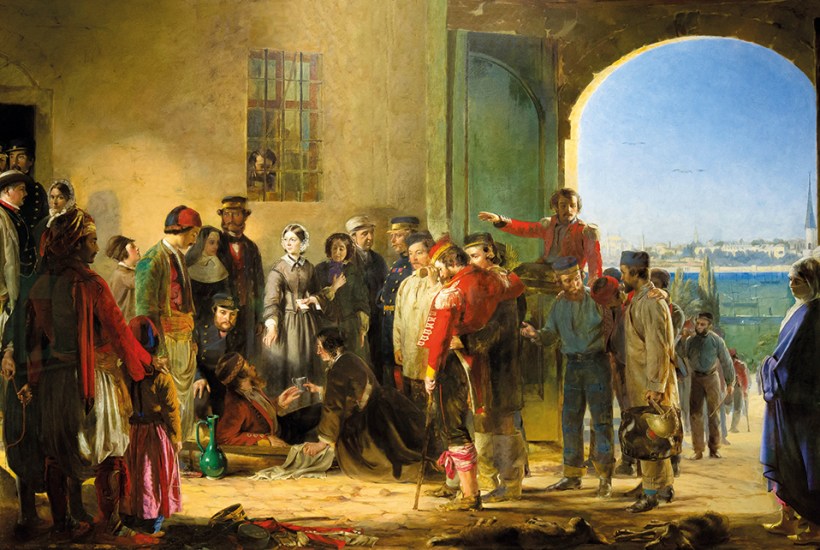
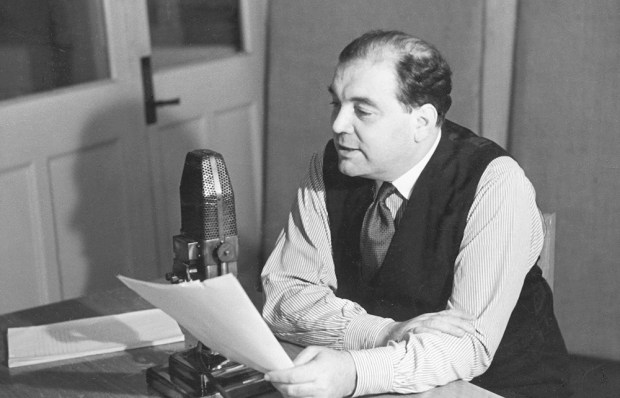

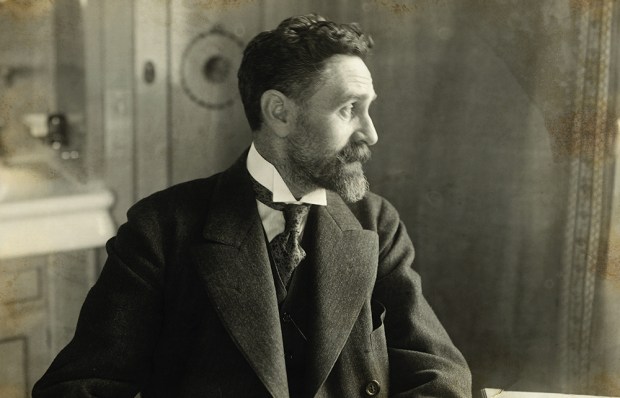
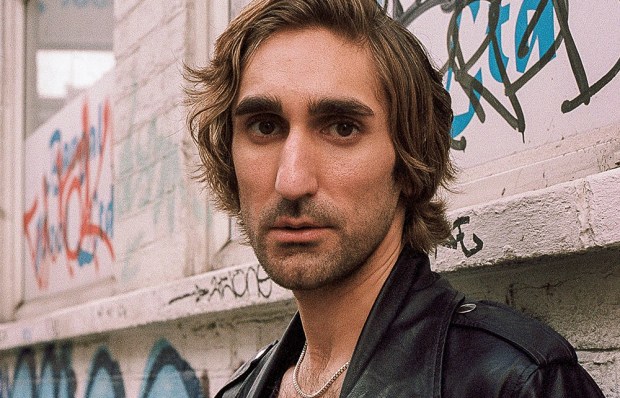

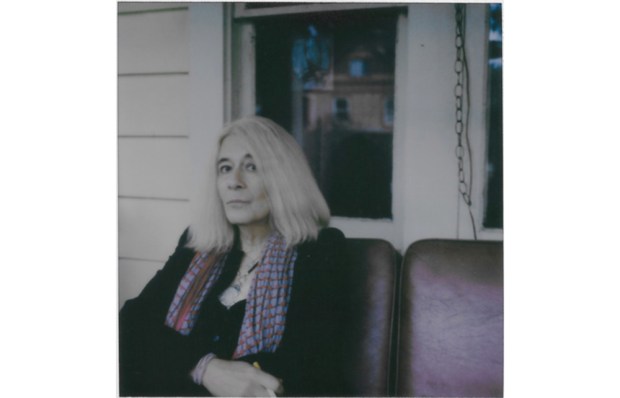






Comments
Don't miss out
Join the conversation with other Spectator Australia readers. Subscribe to leave a comment.
SUBSCRIBEAlready a subscriber? Log in